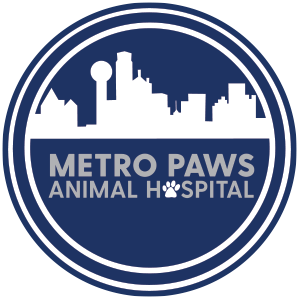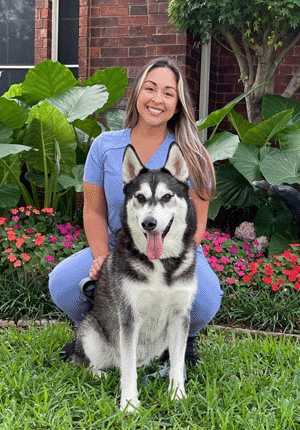– By Dr. Stephanie Rodriguez –
Leptospirosis, a name that may not ring a bell for many pet owners, is a potentially deadly bacterial disease that poses a significant risk to dogs. It is caused by the elusive Leptospira bacteria, notorious for lurking in stagnant waters following heavy rains or flooding.
Emerging most prominently in warm climates, these resilient microorganisms can survive for months in contaminated soil. This presents potential dangers for both dogs and humans. It’s important for dog owners to equip themselves with knowledge on how to prevent and treat leptospirosis.
In this article, we will answer the following questions about the disease:
- What is Leptospirosis in Dogs?
- How Do Dogs Get Leptospirosis?
- What are Symptoms of Leptospirosis in Dogs?
- How is Leptospirosis Treated?
- How Can I Prevent Leptospirosis in my Dog?
What is Leptospirosis in Dogs?
Leptospirosis is a highly contagious bacterial disease caused by a multi-organism bacteria called Leptospira. Leptospira are most common in warm climates and are found in stagnant water after heavy rains or flooding. These bacteria can survive for months in contaminated wet soil. Dogs are particularly susceptible to catching leptospirosis because of their tendency to drink from outdoor water sources.
How Do Dogs Get Leptospirosis?
Wildlife are carriers of the bacteria. Leptospirosis in dogs is primarily transmitted from urine of an infected animal contaminating a water source, or direct contact. Dogs can become infected by swimming, drinking, or walking through contaminated puddles of water. It’s important to note that Leptospirosis is a zoonotic disease, meaning this disease can spread from wild animals to dogs to humans. This means that humans are susceptible to leptospirosis too.
What are Symptoms of Leptospirosis in Dogs?
Clinical signs of Leptospirosis are non-specific, often making it difficult to diagnose. Some symptoms in dogs include fever, excessive water consumption, decreased appetite, vomiting, diarrhea, and muscle pain. In some cases, leptospirosis in dogs can progress to kidney or liver failure.
How is Leptospirosis Treated?
Dogs with Leptospirosis are typically hospitalized in an isolation ward to receive IV antibiotics and IV fluids to support blood flow through their damaged kidneys. Further supportive care is provided to treat any symptoms they are experiencing due to this disease. Dogs that are critically ill may be hospitalized for a few to multiple days; prognosis varies depending on the extent of organ damage and severity of disease.
How Can I Prevent Leptospirosis in my Dog?
We understand it may be challenging to keep your furry loved ones from drinking in puddles or lakes! Try your best to take precautions to limit their exposure to potentially contaminated environments and direct contact with infected animals. Controlling rodents around your home and removing stagnant water is ideal for prevention. Although optional, it’s also highly recommended to prevent Leptospirosis in dogs by vaccinating them annually against the disease. It is commonly called the “Lepto vaccine” and can also be included in the core Distemper Parvo shot (DHLPP). The lepto vaccine for dogs prevents against multiple strains of leptospirosis, but it cannot protect against all of the strains. That is why proactive prevention is so important!
Book an appointment today to talk to one of our veterinarians about the lepto vaccine!


